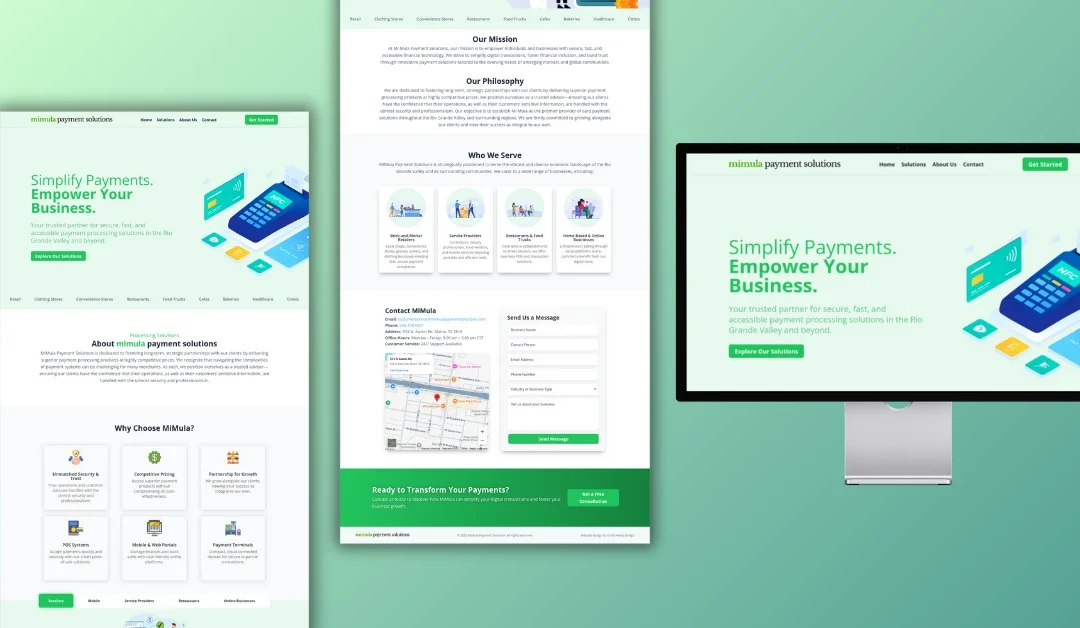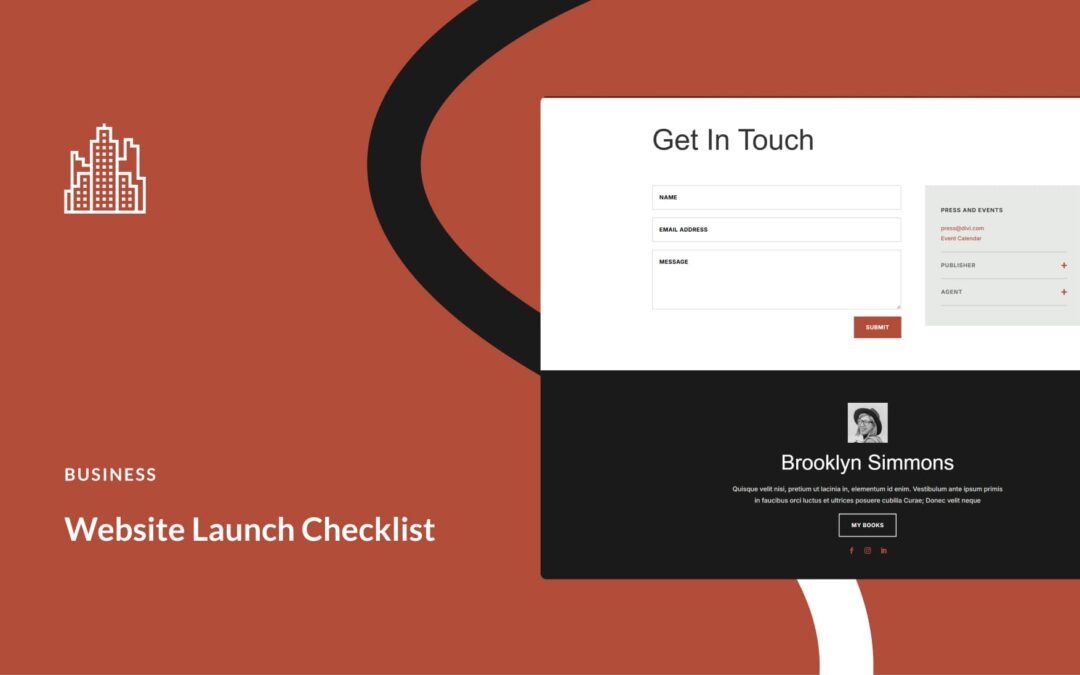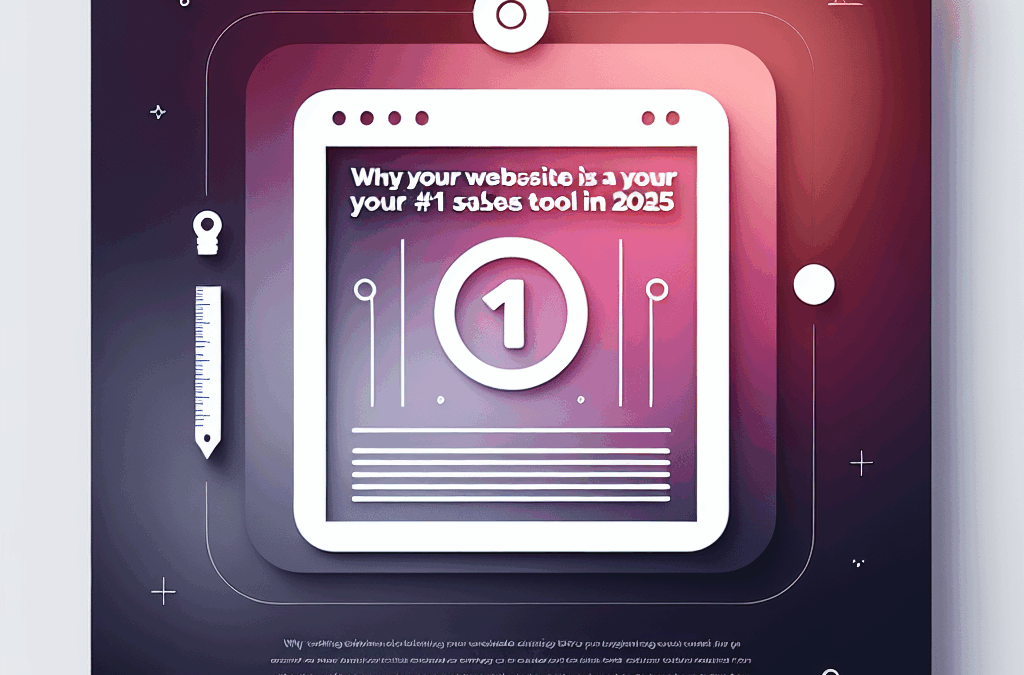Unlocking Success: The Ultimate Guide to Content Research for Small Business Owners
Ever found yourself scrolling through endless tabs, wondering how to turn your online presence into a lead-generating machine? If you’re shaking your head, you’re not alone. But here’s the good news: effective content research can change the game for your business. Imagine not just having a website, but a powerful tool that resonates with your audience right here in McAllen.
Let’s dive into a straightforward six-step guide that will help you shape your content strategy like a pro, focusing on the local market and your unique goals as a South Texas business owner.
What Exactly Is Content Research?
Content research is all about gathering the right info to create engaging material that meets the needs of your audience while propelling your business goals forward. In our fast-paced world, simply Googling phrases and hoping for the best won’t cut it.
In marketing terms, guess what? Content research is exactly what it sounds like! It’s digging deep to uncover valuable insights that truly resonate with your customers. You want to build authority, trust, and an inviting space for future interactions.
Why Is Content Research Important?
Going a little deeper with your research pays off big time. It’s all about crafting content that not only captivates your audience but keeps them coming back. Sure, you might already be doing some keyword research — if not, check out the basics on HubSpot! 🔗 Incorporating insights from subject-matter experts in your circle can elevate your content even further.
Let’s not forget about search intent! If you’re addressing the right questions, you’re establishing your brand as a go-to resource, driving return visitors, and giving Google the thumbs-up that you’re an authority in your niche. Imagine the pride of showcasing a well-oiled marketing strategy right out of McAllen!
Key Components of Content Research
While your approach may vary based on your specific project, a few foundational steps should always be in play.
1. Keyword Research
Start by understanding what your audience is searching for. Use tools like Ahrefs or SEMrush to uncover relevant keywords that align with your offerings. Keep an eye on the relevance and authority of these keywords as they form the bedrock of effective content.
2. Audience Research
Who’s your target crowd? Familiarize yourself with their needs and preferences. Local insights are valuable—if you’re focusing on budget vs. luxury services, for instance, tailor your content accordingly.
3. Competitor Research
Peep what your competitors are doing. Use tools like Ahrefs’ site analyzer to spot gaps in their strategies that you could fill. Check out the top-ranked sites for similar keywords and think about what you can bring to the table that they don’t.
4. Topical Research
Utilize trusted sources when collecting information. Scan academic journals or industry blogs to validate your claims. Pro tip: Always check the author’s credibility before using their insights.
5. Subject-Matter Experts
Don’t shy away from reaching out to experts who can provide insightful quotes or tips. A quick 15-minute chat could yield some golden nuggets for your content!
6. Performance Analysis
After hitting that “publish” button, don’t forget to track how well your content performs. Monitor key performance indicators (KPIs) like traffic, engagement metrics, and conversion rates. Regular analysis helps you refine your approach and optimize future content.
How to Execute Content Research Like a Local Pro
Let’s say you decided to write about web design trends for small businesses in the Valley. Here’s how you could handle it:
- Start with Keywords: Use tools like Ahrefs to pinpoint keywords like “McAllen web design.”
- Check Out Your Audience’s Intent: People might be looking for local case studies, so cater to that.
- Scope Out Competitors: Look at who ranks well for “best web design McAllen” and analyze their content.
- Dive into Topics and Trends: Check out actual local statistics or studies to have the latest data on regional preferences.
- Talk to Experts: Ask local web designers which trends they’re seeing.
- Analyze Your Content Post-Launch: A month after publishing, check user engagement and traffic.
Local & Trusted Solutions
With that foundation of knowledge, the next step is to convert your findings into action. Here’s where Ericks Web Design comes in. We specialize in creating professional and custom-built websites that not only look good but also drive results—right here in the Valley! Our expertise in Web Design, SEO, Branding, and Smart Integrations makes us your go-to local partner.
If you’re interested in enhancing your online presence, contact us, and let’s build a website that’s tailored specifically for your business goals. Dale gas and don’t let your competitors get ahead while you’re still figuring it out!
Ready to Boost Your Online Game?
Let’s chat and figure out how we can help you turn your online presence into a lead-generating powerhouse. Hit us up — it’s time to elevate your business.










